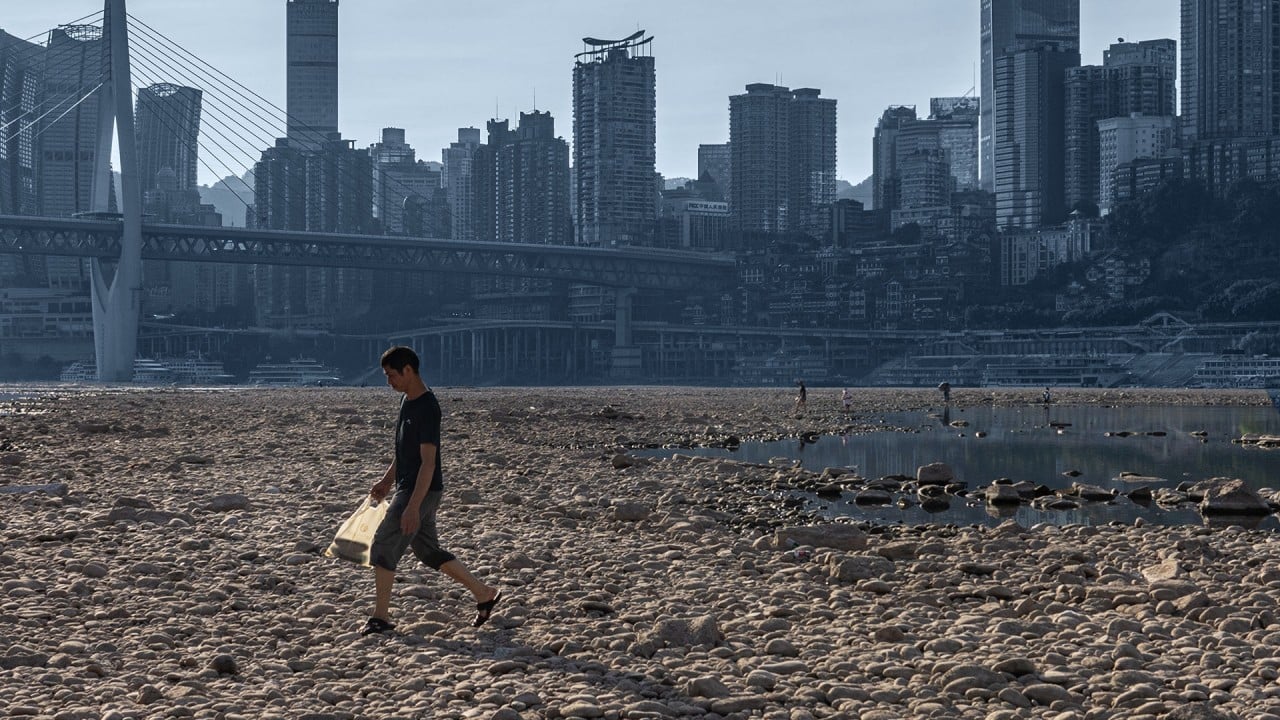
Economic recovery, friendshoring and other trends set to dominate in 2023
- Optimism is starting to shine through as China pivots away from ‘zero Covid’, inflation eases and interest rate increases abate. Worrying trends such as ageing populations and high healthcare and energy costs remain, but there is reason to believe this optimism is more than wishful thinking
But inflation is wily, and the US economy remains strong. Equity traders are skittish but bond dealers less so, and US Treasury and corporate bond yields have fallen since late-October highs.
A day doesn’t seem to pass without another forecaster revising upwards their outlook. A few months ago, their grim scenarios predicted an inevitable recession worldwide, especially for a Europe crippled after Russia choked off gas supplies. Central banks, however, aren’t persuaded.
Other trends shaping 2023 include:
Macroeconomic trends matter – lower debt, scarce energy, disruptive technologies and costly health care. The sharp decline in global debt as a share of GDP is a reason for optimism in 2023. So, too, are the “excess savings” of households in rich countries, fuelling spending as inflation erodes real incomes. Asia will benefit from both fundamentals.
Like the rest of the world, Asia will also need to continue addressing the challenges of scarce energy, disruptive technologies and costly health care. Energy is likely to be more expensive and less accessible. Enormous investments are incrementally reducing fossil fuel dependence, but the leaps in renewables needed to achieve energy independence are likely a decade or two away.
Challenges in technology include regulations forcing standardisation, more rigorous barriers to both protect national defence systems and leverage home-grown advantages and disruptions from metaverse opportunities. There will be pluses and minuses for Asia.
China turns inward, tempering “wolf warrior” diplomacy. China will continue to assert its power through military exercises and agreements that tighten bonds with Saudi Arabia and Russia, among others, but in a way that does not threaten the West to react with more aggressive trade retaliation and manoeuvres of force.
Stakes too high for China to risk Wolf Warrior diplomacy in Southeast Asia
Europe’s business leaders see China as more politicised now than in 2019 and 23 per cent are considering moving operations out of China, a shift from 2019 when their commitment was “increasingly firm”.
Regional interdependence deepens. Trade within Asia has grown ninefold in the past two decades, from US$38 billion in 2000 to US$349 billion in 2018. That trend will intensify. Asia’s leaders want to offset Beijing’s clout, but they will need to address significant intra-market barriers such as high tariffs and technical roadblocks.
Ahead, then, is the intractable, the inspiring and the unforeseen. There will be lacklustre equity gains, inevitable shocks and a growing sense that we might have weathered what only months ago seemed a daunting recession.
James David Spellman, a graduate of Oxford University, is principal of Strategic Communications LLC, a consulting firm based in Washington, DC









